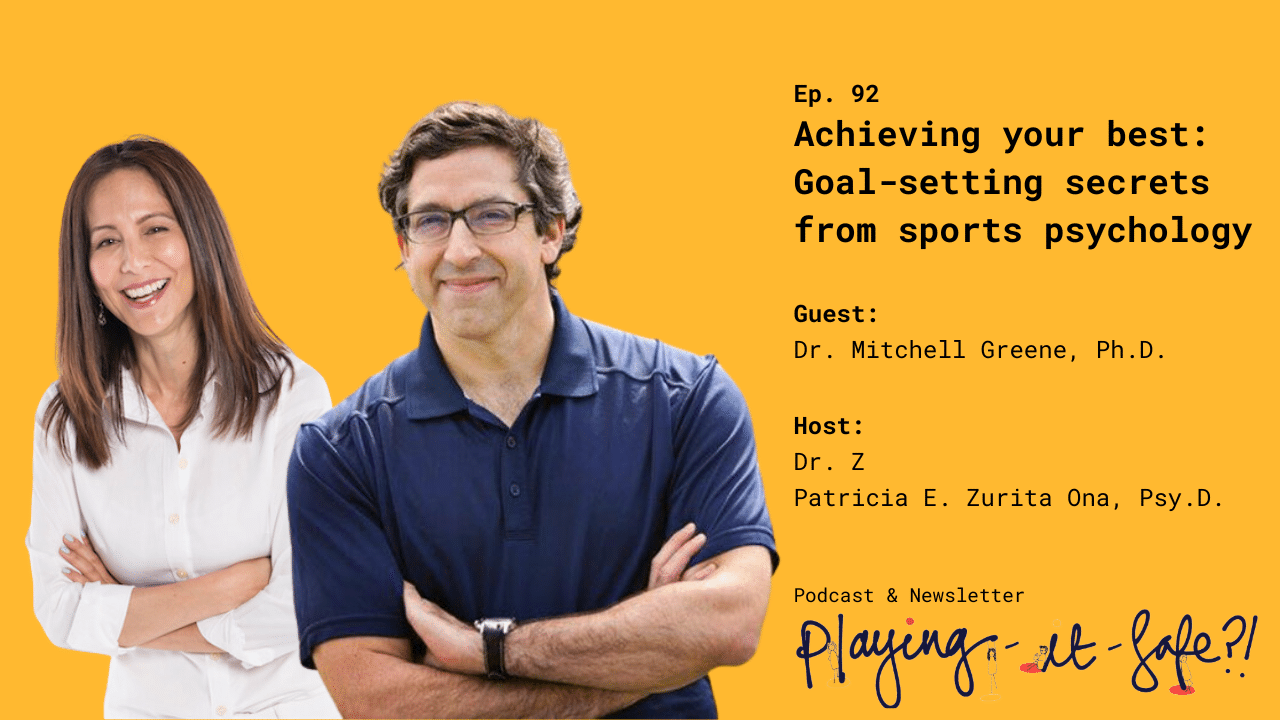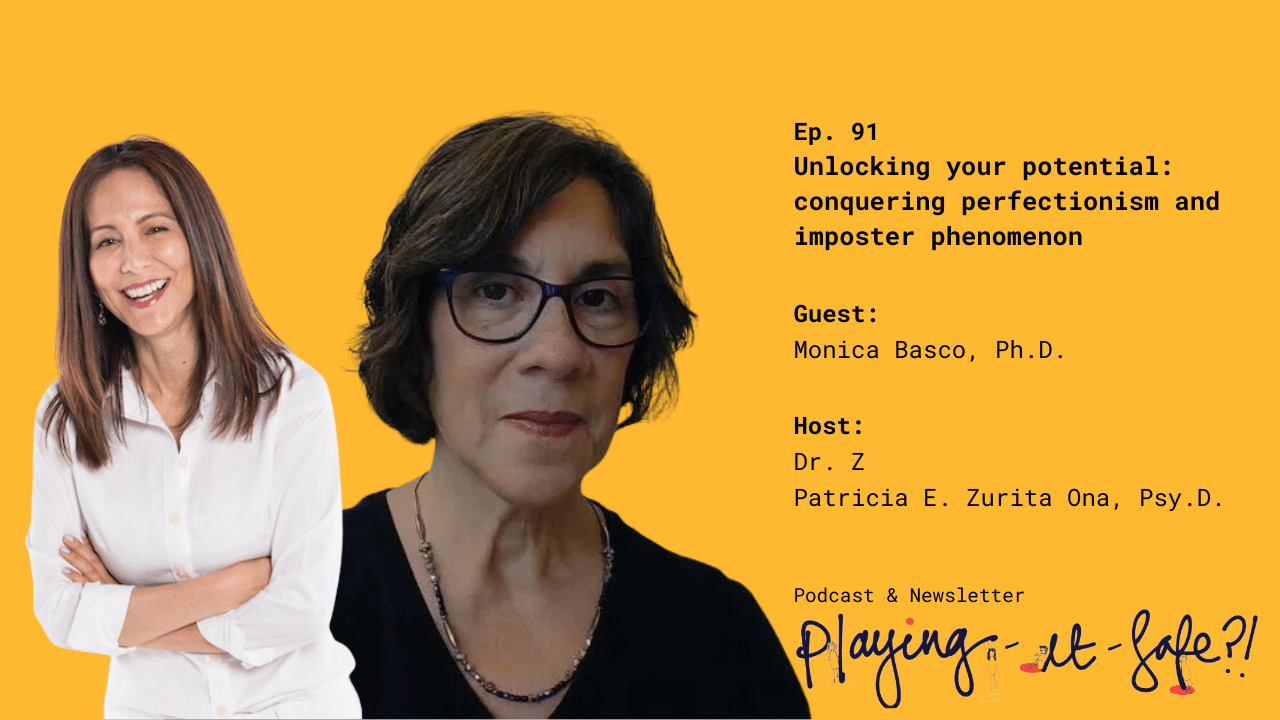...

Sweet connections, rough conversations, & fearful moments
A couple of months ago, I didn’t have a choice other than having a complicated conversation with a friend. Four nights before having the conversation, I couldn’t sleep, was worried about the impact it would have on our friendship, future collaborations, and felt sad about having to sit and discuss something that could potentially make things hard for us to continue our friendship. I was scared!
Relationships are a messy business, period!
A life well lived has strong connections with the people we love. The reality is that we have survived as a species not only because of biological adaptation, but also because of our connections with others. Our ancestors learned very early on that in order to survive they required the group, and to be part of the group they needed to learn to foster different types of relationships.
I honestly think that building connections with others is one of the most precious things we can do in life; without these connections, we are vulnerable to suffering, loneliness, and isolation.
But relationships are not just like flowers and butterflies; they are difficult to look after, maintain, and be in. I think that most of us go through life using a trial-and-error approach to creating healthy, caring, and fulfilling connections with others. But do we really know what we are doing all of the time? Probably not.
Creating a relationship from scratch is not an easy project; it’s actually a complex undertaking because, as fun as relationships are, we also get hurt, disappointed, frustrated, and discouraged at times. And every time there is a rupture, there we are again: covered in visible or invisible tears, trying to pull ourselves together in the midst of the emotional turmoil and simply surviving from moment to moment.
In my case, I was scared about losing the connection with a person I love, care about, and cherish in life.
My fears, worries, and anxieties about this upcoming conversation came with images of us fighting, arguing, and crying; thoughts of “it won’t go well; What if everything ends here? How would it look when we are at the same party and still disconnected? Would this person speak badly about me? How awkward would that be? What if other friends have to choose who they continue in a friendship with? Would they choose me? Would this affect my work?”
My mind was quite busy anticipating what would happen, what would happen if this or that, and generating all types of hypotheses about a potential outcome, as it was supposed to do. My mind was working fast, quickly, at the speed of light, and doing the best it could to protect me from any hurt related to this friendship and soon-to-have conversation, all driven by fear.
But my fear – and all the thoughts that came along with it – was taking me away from asking myself key questions to handle this clashing moment:
What’s my value in this relationship?
How do I want to show up to this moment of fear that is consistent with who I want to be?
How do I want to respond to the distress that a person I care about is going through?
Our fears take us into all types of future scenarios, negative outcomes, and gloom-doom outlines; but the good news is that, instead of going along with all those thoughts, by bringing ourselves back to the present and checking what sort of relationships we want to build, we can learn to approach conflict as a source of growth, connection, and even as an act of love!
Sweet connections, rough conversations, & fearful moments can happen all at once, and all together can be opportunities to live our interpersonal values.
Living our interpersonal values is about discovering how we want to be within each relationship we have – especially when having a contentious moment – and while making room for our fears, worries, and anxieties as they come.
























